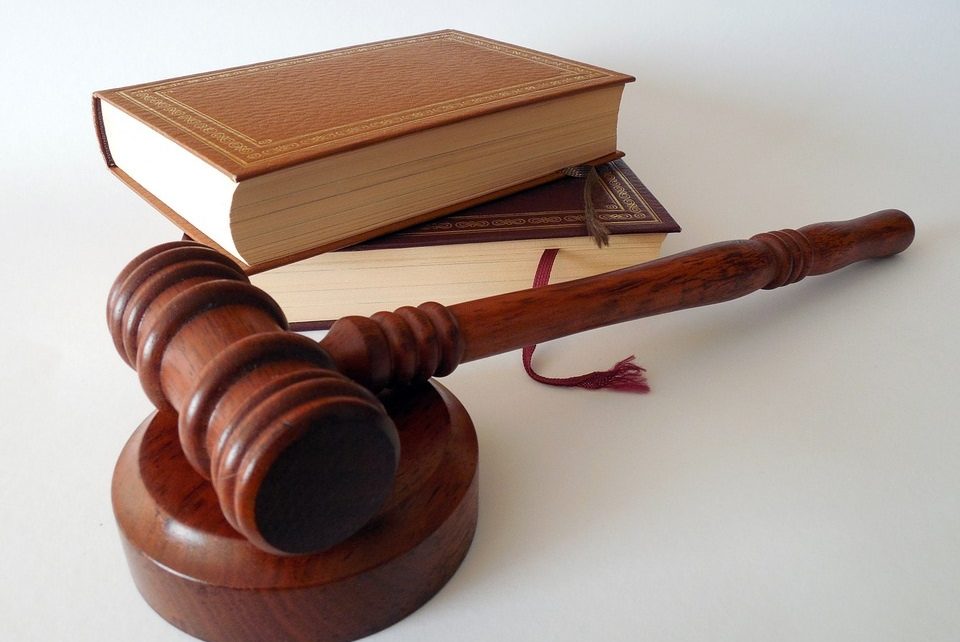Personal injury claims require the services of an excellent lawyer. These claims are different, from auto accidents and medical malpractice to wrongful death, workplace accidents, and product liability. Yet, they all have similar elements. Understanding what this personal injury claim includes will help you file a relatively strong lawsuit in the long run. The following are a few details about what can help build a personal injury lawsuit. You can click here to learn more.
Proof of Negligence
Negligence forms a central part of a personal injury claim. Ideally, negligence is the failure to exercise a sufficient level of care that an individual of ordinary prudence would have in this situation. It could be based on the omission or commission of a particular action, compromising the eventual or ordinarily expected outcome.
You can prove negligence if the case meets four pillars: duty of care, breach of duty, causation, and damages.
Duty of care refers to the level of care that a reasonable individual is expected to exercise in a particular setting. There is a standard level of care that a reasonable person must meet. Once you prove this, you will need to show that the individual did not exercise this duty.
Causation focuses on the effects of the action or inaction of the defendant. In this case, you will show that the individual’s negligence exposed you to injury or damage. Next, you will have to prove that you have injuries from their action.
Strict Liability
Various regulatory measures require that product manufacturers ensure their products are safe and healthy. Any slight decline in quality could affect or injure the consumer, making this manufacturer liable.
Strict liability directly affects product manufacturers. The manufacturer must prove that their products meet different quality standards, assuring average consumers’ safety. For this reason, the manufacturer or owner will be automatically responsible if something goes wrong.
However, this element requires that you meet three critical components: specific activity, causation, and sustained damages. Strict liability requires that a particular action occurs for it to hold-for example, defective marketing items, an animal owner letting it injure others, a pet attacking people, and failing to label products.
You will then need to prove that the owner or manufacturer of the product should have foreseen the danger and acted accordingly. This aspect forms part of causation. On the other hand, damage focuses on actual injuries. Here, you must show that you suffered actual harm from the ordeal.
Intentional Injury or Tort
Some deliberate acts can injure you, resulting in a personal injury claim. Various cases fall under intentional injury, including assault, battery, and false imprisonment.
Battery refers to an offensive contact without your express permission, while assault is either an incomplete battery or an instance where you are forced to fear harmful and abusive contact. On the other hand, false imprisonment is when you are restrained without your permission or consent.
Ideally, an intentional tort is a tort committed against you by another person with a particular purpose. The person executing this act is often aware of the repercussions of their actions. Yet, this case requires you to establish three elements: intention, causation, and damage. Ideally, they will have breached their standard of care.
In this case, the perpetrator must intentionally commit the tort, knowing that their action would cause injury. This action must directly cause you damage. You will also need to quantify the harm that resulted from the defendant’s action or inaction.
Personal injury claims are pretty diverse. Yet, they are all pillared on the duty of care, breach of duty, causation, and damages. The insights above will guide you to understanding whether or not a case qualifies as a personal injury claim.





